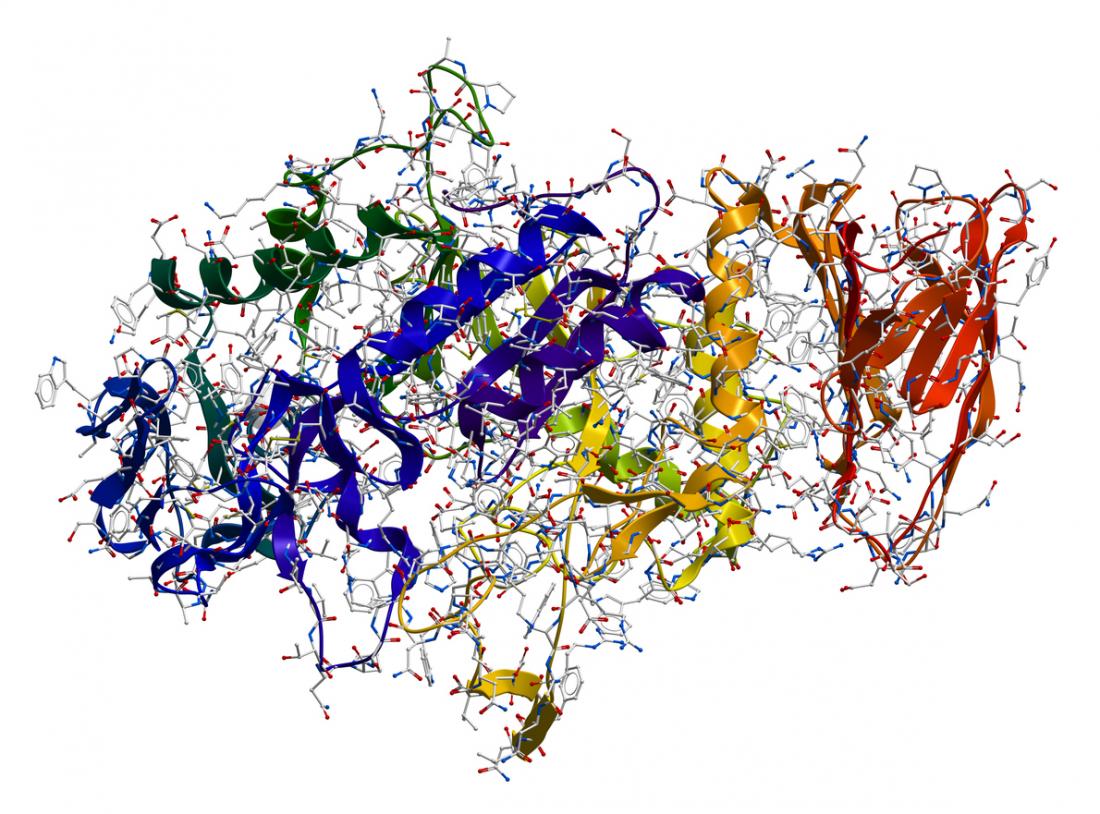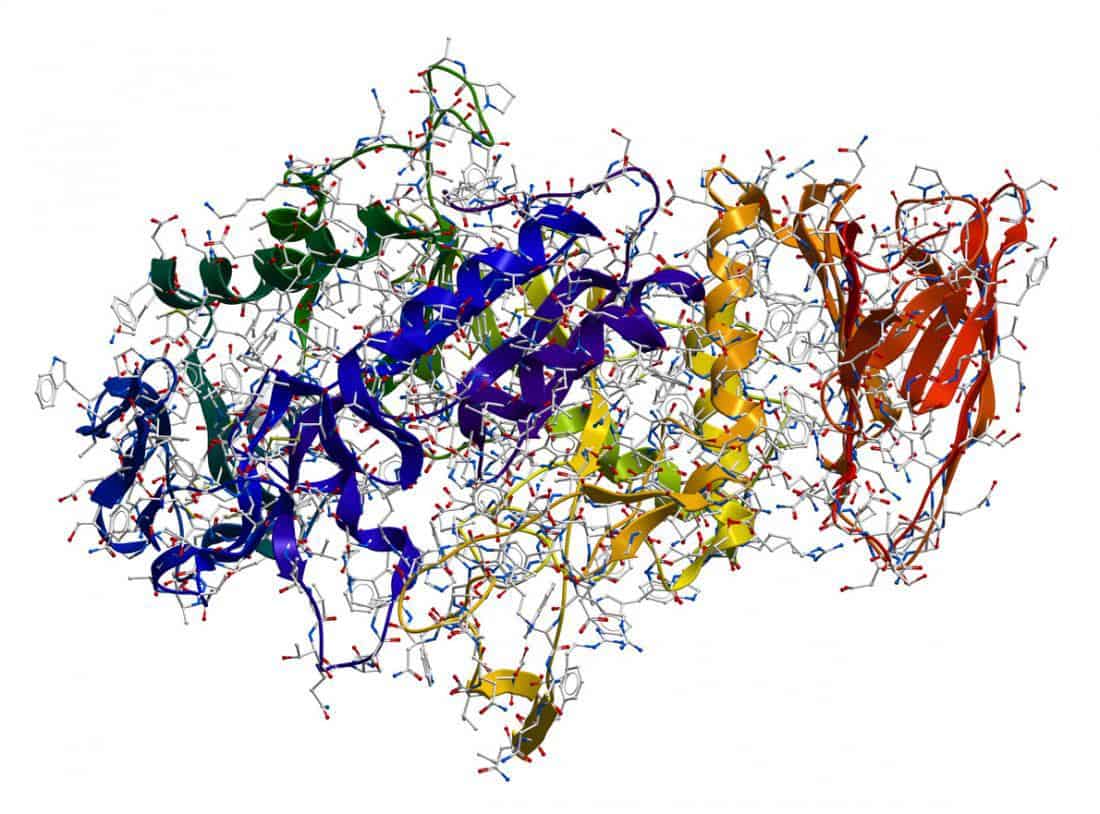Enzymes are remarkable biological catalysts that are fundamental to life. They are involved in nearly every biochemical process in the body, from DNA replication to metabolism. Let’s delve deeper into the world of enzymes and understand their indispensable roles.

DNA Replication and Enzymes: The fidelity of genetic information is maintained thanks to the meticulous work of enzymes during DNA replication. These enzymes ensure that each cell inherits an exact copy of DNA, which is crucial for the proper functioning and reproduction of living organisms.
Detoxifying Power of Liver Enzymes: Our liver is equipped with a myriad of enzymes that tirelessly work to detoxify the blood by breaking down toxins and waste products. These liver enzymes are essential for maintaining our health and preventing the accumulation of harmful substances in the body.
Digestive Enzymes at Work: The digestive system’s efficiency is largely attributed to enzymes that specialize in breaking down food into nutrients. For instance, enzymes break down complex carbohydrates like glucose into simpler forms that our bodies can easily absorb and utilize for energy.
The Energy Converters: Enzymes in Cellular Respiration: The cells in our body convert nutrients into ATP, known as the energy currency of the cell, by the process of Cellular respiration. Enzymes play a key role in this metabolic pathway, ensuring that energy production is efficient and meets the body’s demands.
The Induced-Fit Model of Enzyme Activity: The active site of an enzyme is where the magic happens. This site adapts to the shape of the substrate in a dynamic process known as the induced-fit model. This flexibility allows enzymes to perform their catalytic activities with high specificity.
Enzymes Supporting the Peripheral Nervous System: The peripheral nervous system relies on enzymes for the proper transmission of nerve impulses and muscle contraction. Without these enzymes, our ability to move and respond to the environment would be severely compromised.
Enzymes as Biological Accelerators: Enzymes are nature’s accelerators, dramatically increasing the rate of chemical reactions within the body. They can enhance reaction speeds by several million times, making them indispensable for sustaining life’s processes.
Enzymes in DNA Unwinding and Replication: The complex structure of DNA requires the assistance of enzymes not only for replication but also for unwinding the double helix during various cellular activities. These enzymes ensure that the genetic code is accessible and accurately copied.
Protein Structure and Enzyme Function: Enzymes are proteins that have folded into specific three-dimensional shapes, which are key to their function. The intricate design of these protein structures enables enzymes to perform a wide range of metabolic tasks with remarkable precision.
Metabolic Mastery Through Enzymes: At the heart of metabolism lies a network of enzymes that orchestrate the chemical reactions necessary for life. These enzymes ensure that our bodies operate smoothly, converting food into energy and building blocks for growth and repair.
Conclusion
In conclusion, enzymes are not just mere participants in biological processes; they are the driving force behind the complex chemistry of life. Understanding enzymes and their functions helps us appreciate the delicate balance and incredible efficiency of the systems that keep us alive and thriving.

